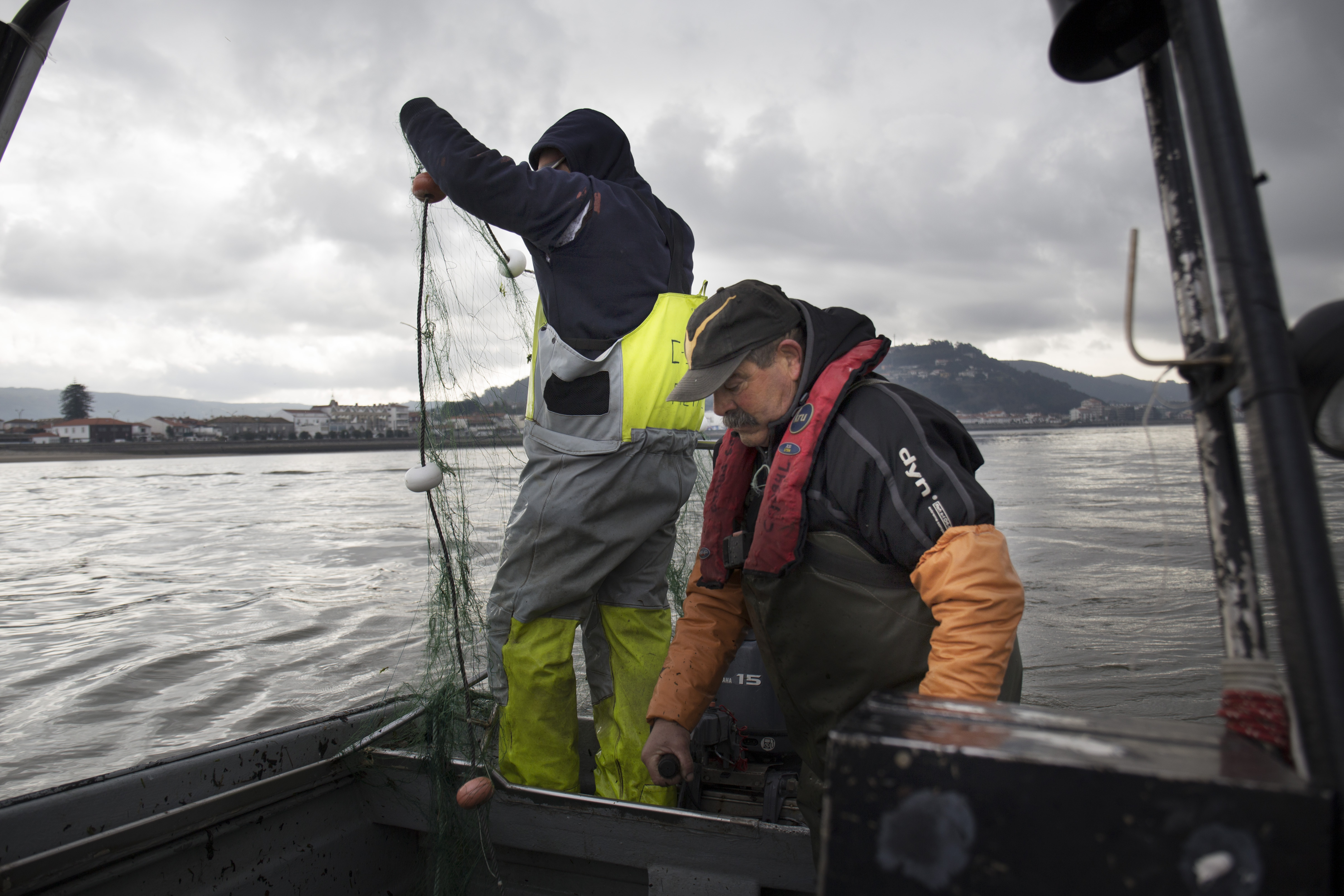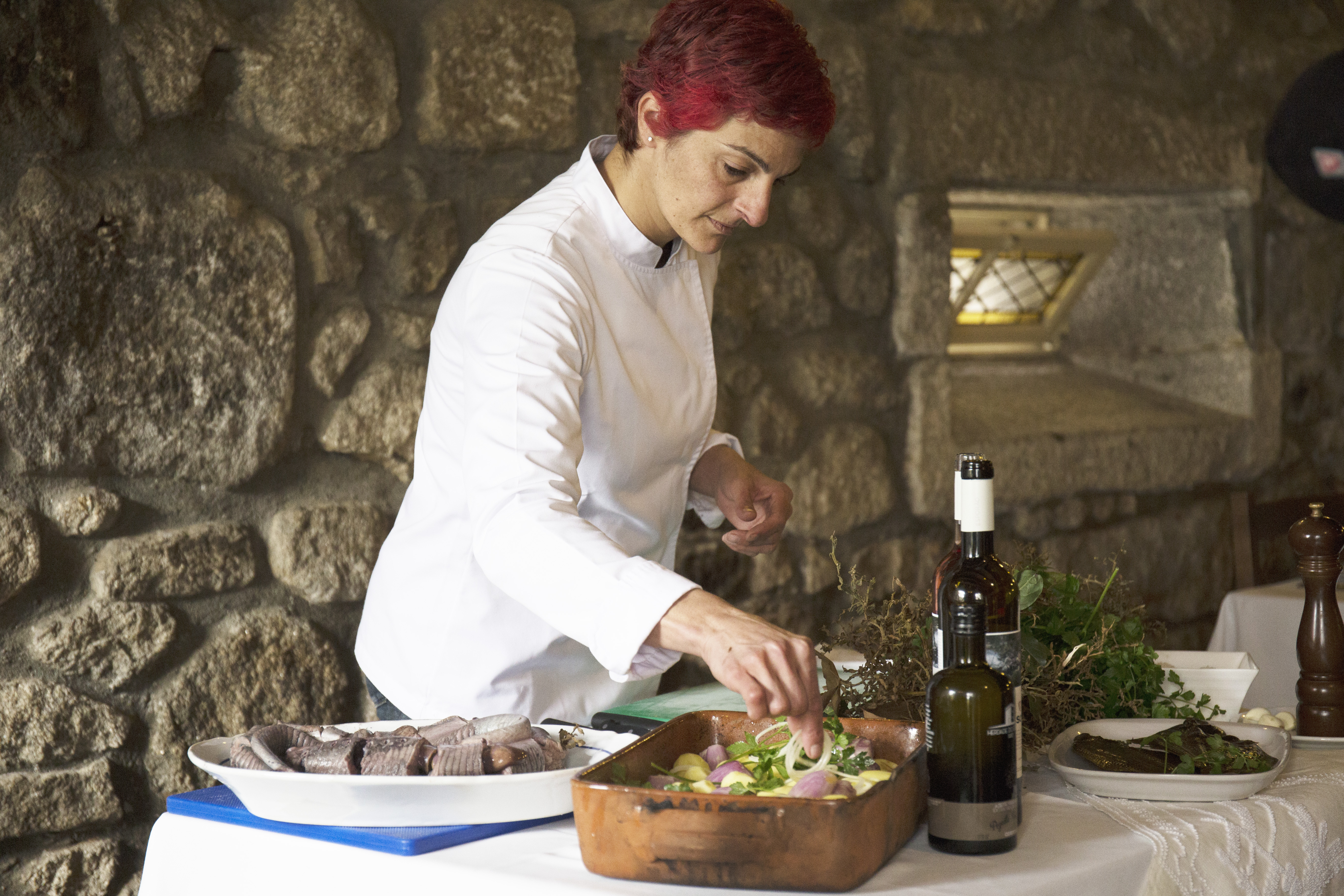The lamprey is part of the Cyclostomata family, species that boast a circular, jawless mouth. They are spawned in rivers, where they remain for 4 or 5 years as larvae. When they become adult, they migrate to the sea, where they live at depths of between 200 and 500 metres until sexual maturity. When they grow to between 80 and 100 centimetres, and weigh around one kilo, they return to the river to spawn. It is an odd but much appreciated animal that lives off blood and has no scales. On the River Minho, many families that make their living from lamprey fishing – a seasonal pursuit that takes place from January to April.
Lamprey can be made in a wide variety of ways, ranging from our grandmothers’ favourite recipes to the latest culinary trends, where it can be found in rissoles and pies, even in sushi. It can be baked, served with rice, dried, boiled or made with an escabeche marinade. In Portugal, the most famous of all these dishes is lamprey à Bordalesa, a stew that originates from Bordeaux but was adapted in the Minho region, where Bordeaux wine was substituted with red vinho verde – which is why Chef Margarida Rego doesn’t agree with the name, believing that the minerals in lamprey are much better suited to Douro wine.








